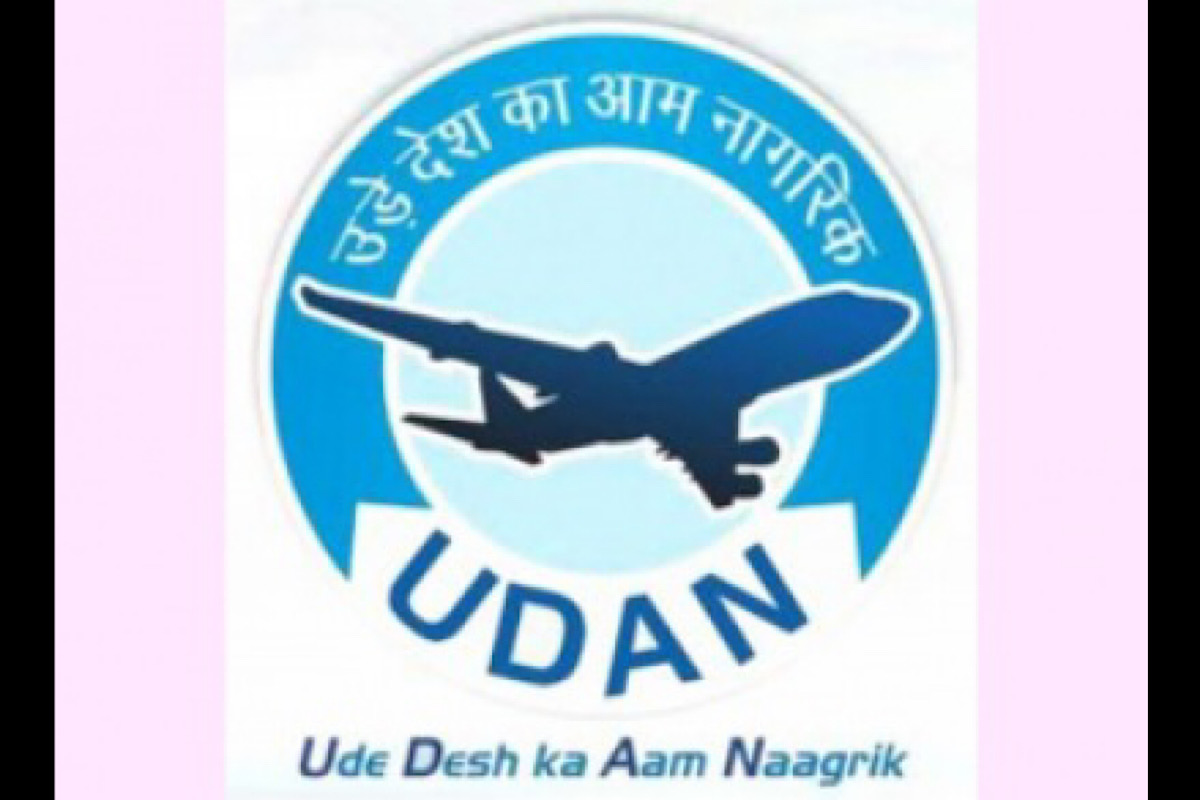India’s aviation sector achieved a historic milestone as 5,05,412 domestic passengers flew in a single day on November 17, surpassing the 5-lakh daily passenger mark for the first time. This remarkable achievement underscores the transformative impact of the UDAN (Ude Desh ka Aam Nagrik) scheme, launched on October 21, 2016, which has made affordable flying a reality. With over 3,100 flights operating across the country, this milestone highlights India’s growing stature in the global aviation arena.
Rooted in Prime Minister Narendra Modi’s vision of democratizing air travel, UDAN embodies the idea of making flying accessible to the common man. During a key meeting prior to the announcement of the National Civil Aviation Policy, PM Modi famously expressed his desire to see “people wearing slippers boarding planes.” This vision culminated in the launch of UDAN, with the first flight connecting Shimla to Delhi on April 27, 2017.
Advertisement
Spearheaded by the Ministry of Civil Aviation, UDAN has revolutionized regional connectivity by operationalizing 609 routes, including helicopter services, and integrating states and Union Territories. The scheme’s phased approach—starting with UDAN 1.0 in 2017—has progressively expanded connectivity, adding underserved airports, introducing tourism routes, and reaching remote regions like the Northeast and the Andaman and Nicobar Islands.
In its evolution, UDAN has delivered significant benefits:
Tourism Boost: Special routes under UDAN 3.0 have connected tourist hotspots like Khajuraho, Deoghar, and Kishangarh. New airports in Pasighat, Ziro, Hollongi, and Tezu have fueled Northeast tourism, while Agatti Island has enhanced Lakshadweep’s connectivity.
Helicopter Services: Recent phases focus on helicopter routes, catering to hilly and remote regions and stimulating local economies.
Airline Incentives: Viability Gap Funding (VGF), reduced landing charges, and excise duty caps on Aviation Turbine Fuel (ATF) have made regional routes viable for airlines.
Fleet Expansion: Rising demand for RCS routes has prompted Indian carriers to order over 1,000 new aircraft, significantly boosting the current fleet of 800 planes.
Recent advancements under UDAN 5.0 include the removal of distance caps, reactivation of discontinued routes, and increased emphasis on helicopter connectivity. These measures ensure affordability and accessibility, driving regional development and economic growth.
On October 2024, PM Modi inaugurated three new airports—Rewa (Madhya Pradesh), Ambikapur (Chhattisgarh), and Saharanpur (Uttar Pradesh)—further strengthening regional connectivity under UDAN.
The scheme’s success, underpinned by government support and public-private collaboration, has solidified India’s position as a global aviation leader, connecting millions and bringing the dream of flying within everyone’s reach.











